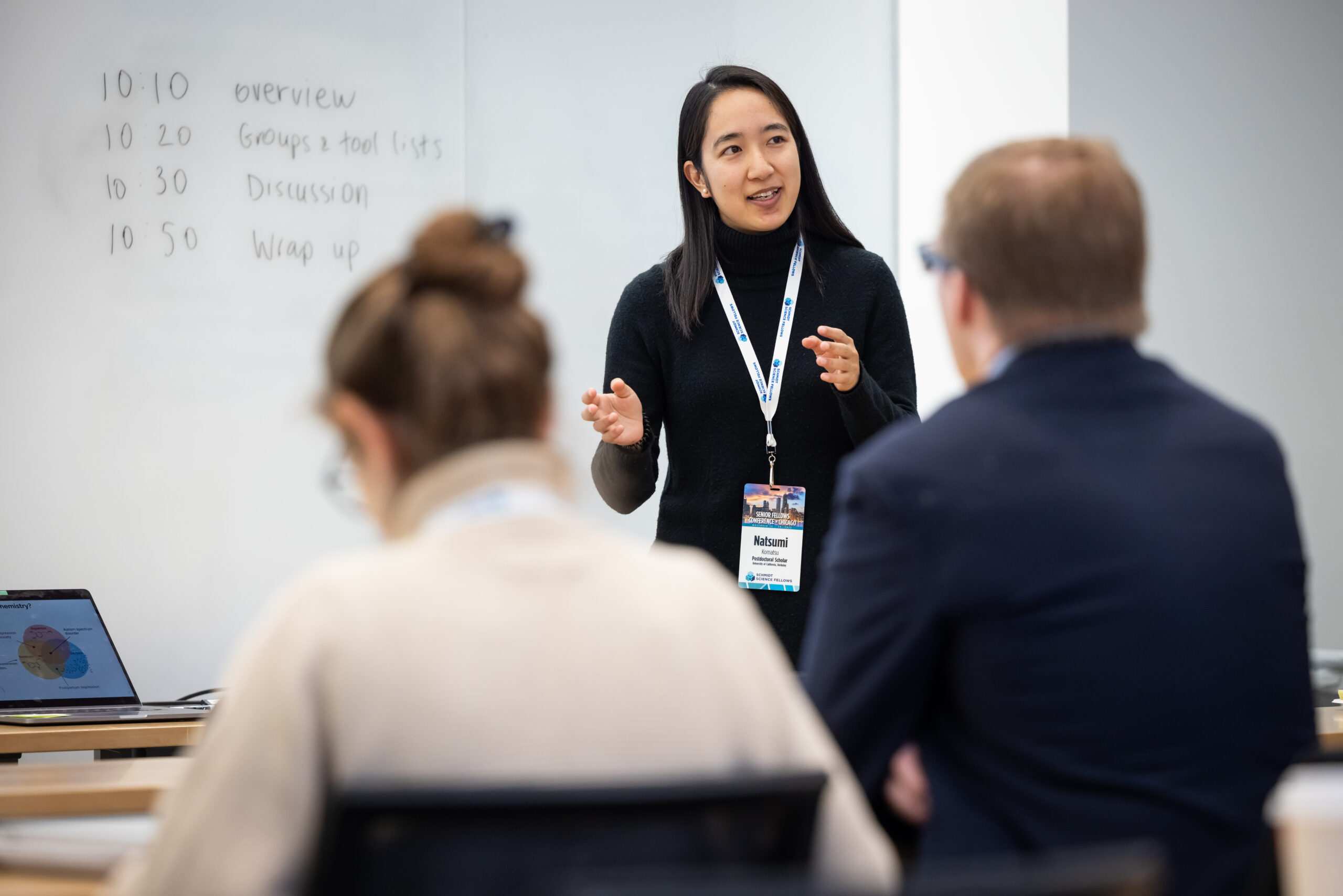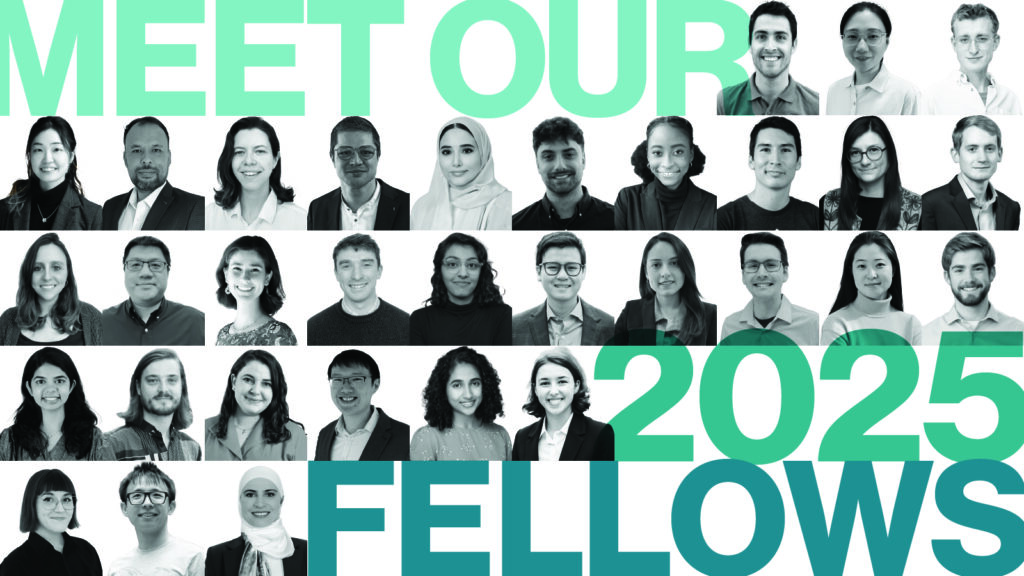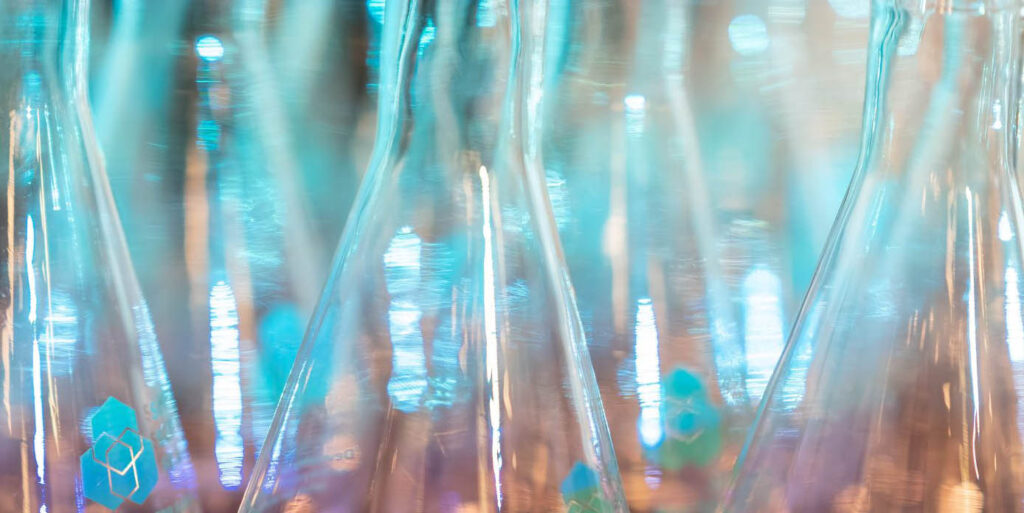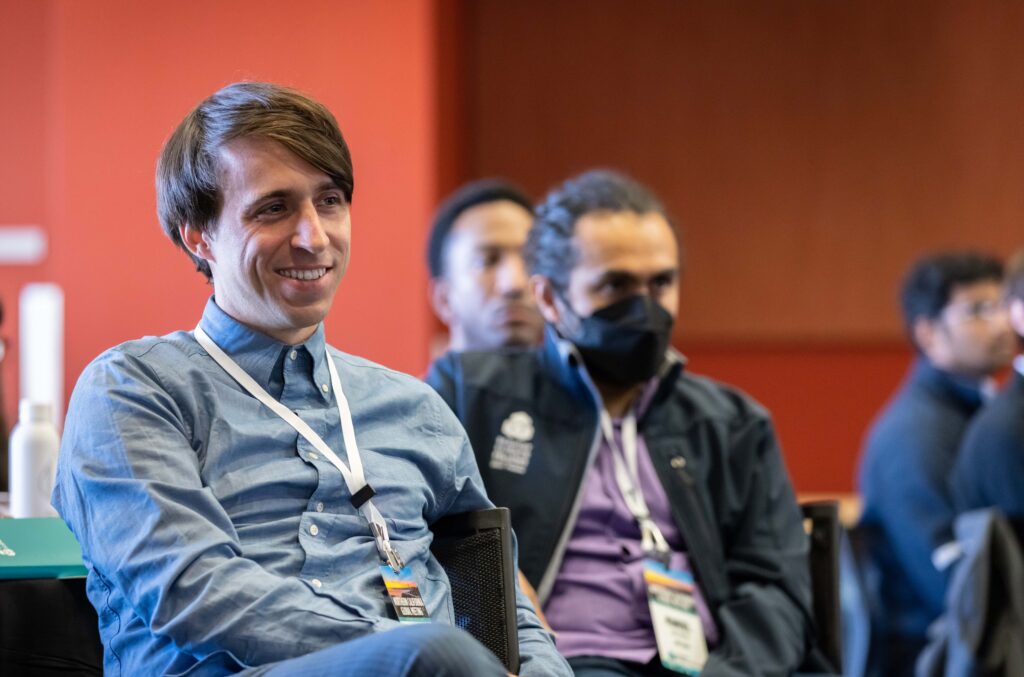Accelerating solar cell development, improving our understanding of gut health, and developing better ways to manage diabetes are among the interdisciplinary collaborations supported by our 2024 Catalyst Grants.
Projects also include collaborations to accelerate our understanding of neural circuits and bring advanced genetic techniques to wildlife conservation.
The program, now in its third year, provides early-stage seed funding for emerging ideas that may find it hard to attract investment from other sources at this stage, ensuring they get the chance to realize their potential.
Five new Catalyst Grants will allow Senior Schmidt Science Fellows to incubate novel ideas emerging from their Fellowship experience, each with the exciting potential to harness the power of interdisciplinary research.
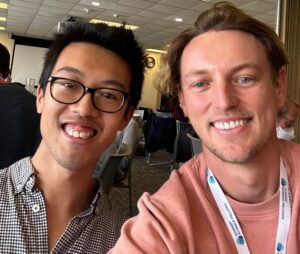
Schmidt Science Fellows Director of Fellowship Affairs & Lifelong Community Arielle Baker said:
“Advancing discovery requires scientists to take risks and pursue different research directions in order to create new and novel opportunities. This ethos is at the heart of our Program and our commitment to growing our community.
“But we know researchers find it challenging to nurture those initial ‘what if’ conversations through to viable proposals capable of attracting further funding, especially those interdisciplinary collaborations that could yield the highest reward.
“Our Catalyst Grant funding is specially designed to provide very early-stage investment when it is needed most. It ensures our Fellows have the time and space required to explore their most innovative ideas, build lasting collaborations, and realize their full potential.”
Schmidt Science Fellows undertake a 12 to 24 month postdoctoral research Placement. The Placement represents a significant disciplinary pivot from their PhD focus and is central to the Program’s mission to foster greater interdisciplinarity.
On completion of their Placement and our Science Leadership Program, Fellows progress into our Senior Fellows community where they have access to ongoing programming and support.
Catalyst Grants support our Senior Fellows to pursue projects emerging from their Fellowship Research Placements and discussions with other Fellows, building a strong cross-cohort community.
Fellows Harsha Gurnani and Juncal Arbelaiz said their 2024 Catalyst Grant would provide a vital first step in taking a new collaboration forward.
Dr. Arbelaiz added: “The Catalyst Grant will enable our highly multidisciplinary joint research proposal, which complements our independent research programs. If the preliminary results of this seed funding are successful, these will serve as the foundation for a longer-term joint research program.”
To date, the Catalyst Grant scheme has supported 26 Senior Fellows to explore innovative collaborations and interdisciplinary ideas stemming from community discussions.
2024 Schmidt Science Fellows Catalyst Grants
Solar Cells as Retinas: Exploiting Artificial Retina Encoding to Accelerate Solar Cell Development
Suhas Mahesh (2021), University of Toronto, and Hannah Rana (2022), Harvard University
Inspired by the retina, Hannah Rana and Suhas Mahesh aim to measure a solar cell’s capability by snapping photos of the light it emits. This advance would allow researchers to quickly assess performance, even as the cell is being assembled, enabling a fail-fast approach to discovering highly efficient solar cells.
Hannah is an astronomer and applied physicist whose work develops machine learning models that reconstruct retinal electrical responses. Suhas is a physicist who pivoted his science to focus on accelerated materials discovery for clean-energy technologies.
They will combine their expertise and utilize AI models to predict the electrical characteristics of solar cells. This work could hold the key to building next-generation optoelectronic technologies such as solar cells, LEDs, displays, and lasers.
Increasing Understanding of Vaccination to Protect Endangered Species
Kevin Ng (2022), The Rockefeller University, and Anthony Waddle (2022), Macquarie University
This project fuses the fields of conservation biology and molecular immunology, applying state-of-the-art transcriptomic techniques to help protect wild endangered species.
The amphibian disease chytridiomycosis, caused by the fungal pathogen Batrachochytrium dendrobatidis (Bd), has caused the decline and extinction of hundreds of species.
Anthony Waddle is an expert in applied conservation solutions and recently described that Bd vaccination significantly increases survival. However, the immunological basis of successful vaccination remains unknown. Kevin Ng is an immunologist with expertise in single-cell transcriptomics, an emerging technique that could help us better understand those immune mechanisms and design better interventions.
Together, they aim to generate a single-cell transcriptomic atlas in immune cells in endangered frogs in order to study disease susceptibility and understand the basis of successful vaccination. This is the first time this approach has been taken to study immune systems in endangered species, providing an invaluable wildlife conservation resource.
Improving Gut Health Through Real-Time Nano-Sensing
Amy Shepherd (2020), Boston Children’s Hospital/Harvard Medical School, and Natsumi Komatsu (2022), University of California, Berkeley
Sensing cells in our intestine, known as Enteroendocrine cells (EECs), are critical for maintaining normal gastrointestinal function, regulating inflammatory responses, and even appetite.
However, understanding this mechanism is constrained because the neuroactive peptides released by EECs are extremely difficult to measure due to rapid uptake by nearby cells or extremely short half-lives.
Integrating Natsumi Komatsu’s expertise in nanotechnology and chemical engineering with Amy Shepherd’s work in neuroscience, gastroenterology, and endocrinology, this project hopes to develop real-time imaging of two major peptides released by EECs (including GLP-1). Imaging the release of EEC peptides in real-time in response to stimuli has the potential to revolutionize the field.
Harnessing the Potential of Neurostimulation
Harsha Gurnani (2022), University of Washington, and Juncal Arbelaiz (2022), Princeton University
Juncal Arbelaiz and Harsha Gurnani plan to develop algorithms for optimizing the closed-loop control of neural activity using a combination of system-theoretic tools and modern data-driven machine-learning methods.
Given recent technological advances enabling large-scale stimulation and recording of the activity of thousands of neurons in the brain, this project tackles the challenge of creating effective, adaptive stimulation patterns for these high-dimensional systems. Rather than delivering neurostimulation on a fixed schedule (“open-loop”), the goal is to use real-time neural activity feedback to adjust the stimulation patterns dynamically, optimizing their effect to produce desirable neural activity.
This approach has the potential to accelerate scientific understanding of neural circuits and advance clinical neurotechnologies for conditions such as paralysis, epilepsy, and depression.
Glucose-Responsive Nanoparticles to Improve Life for those Living with Diabetes
Kurt Ristroph (2021), Purdue University, and Caitlin Maikawa (2022), University of Toronto
Glucose-responsive materials are injected gels that can release insulin in direct response to the body’s needs. They are effective over longer periods of time, eliminating daily injections, reducing patient burden, and potentially improving health outcomes for 20 million type 1 diabetics worldwide.
However, current glucose-responsive materials cannot achieve the rapid insulin release required to manage the influx of glucose after mealtimes.
Caitlin Maikawa is developing glucose-responsive polymers capable of rapid response and Kurt Ristroph has expertise with nanoformulation techniques used to manufacture dosage forms of pharmaceuticals. Combining this expertise, they aim to develop novel glucose-responsive polymer nanoparticles capable of the rapid insulin delivery required to address current issues and improve this low-cost solution.
